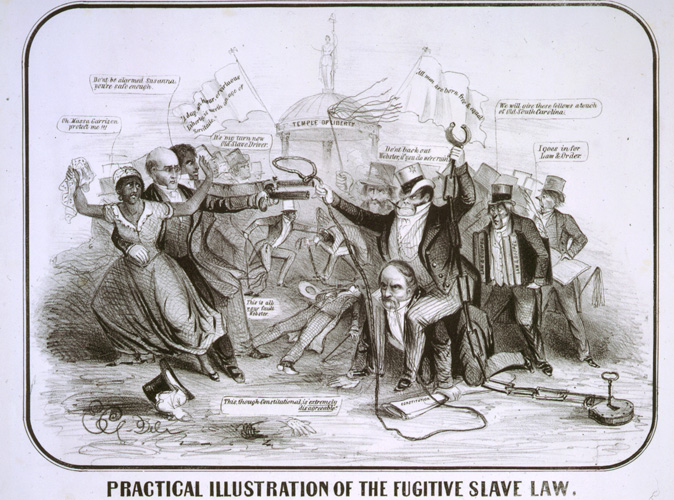TOP 20 GREAT US CIVIL WAR PHOTOGRAPHS PREVIEW

For other great graphics of the Great US Civil War, see:
http://listverse.com/2008/11/18/top-20-great-us-civil-war-photographs/
Mrs. Whitlock 1st period AP United States History Group: Marcie Jimenez and Kimberly Ny

For other great graphics of the Great US Civil War, see:
http://listverse.com/2008/11/18/top-20-great-us-civil-war-photographs/

1868 | Congress ratifies the Fourteenth Amendment, which grants full civil liberties to African Americans |
1870 | Congress ratifies the Fifteenth Amendment, which grants voting rights regardless of “race, color, or previous condition of servitude”; it does not extend this right to women |
1875 | Civil Rights Act prohibits racial discrimination in employment and establishes the right of African Americans to serve on juries |





1860 | After the election of antislavery president Abraham Lincoln, South Carolina secedes from the Union, followed by Alabama, Florida, Georgia, Louisiana, and Mississippi, to form the Confederate States of America |
1861 | Civil War begins when Confederates fire on Union forces at Fort Sumter, South Carolina |
1862 | Congress bans slavery in Washington, D.C., and the territories and passes the Second Confiscation Act, which grants freedom to slaves whose masters support the Confederacy |
1863 | Emancipation Proclamation frees all slaves in Confederate-held territories |
1866 | Civil Rights Act grants African Americans full U.S. citizenship |





1832 | Abolitionists led by William Lloyd Garrison form the New England Anti-Slavery Society in Boston; Garrison expands this organization into the American Anti-Slavery Society the following year |
1837 | First Anti-Slavery Convention of American Women meets in New York City; African Americans comprise 10 percent of membership |
1841 | African American orator, writer, and abolitionist Frederick Douglass delivers his first antislavery speech in Nantucket, Massachusetts |
1843 | African American evangelist Sojourner Truth begins her abolitionist work |
1848 | Antislavery politicians organize the Free Soil Party to oppose the extension of slavery into western territories |
1850 | Compromise of 1850 admits California into the Union as a free state but also toughens the 1793 Fugitive Slave Act, granting federal officials authority to apprehend and return runaway slaves who escape to free states and paying a reward for these services |
1852 | Publication of Harriet Beecher Stowe’s sentimental antislavery novel Uncle Tom’s Cabin arouses sympathy for the abolitionist cause; it sells over 300,000 copies in the first year |
1858 | Abraham Lincoln gains national recognition as an antislavery candidate during his unsuccessful campaign for the U.S. Senate |




